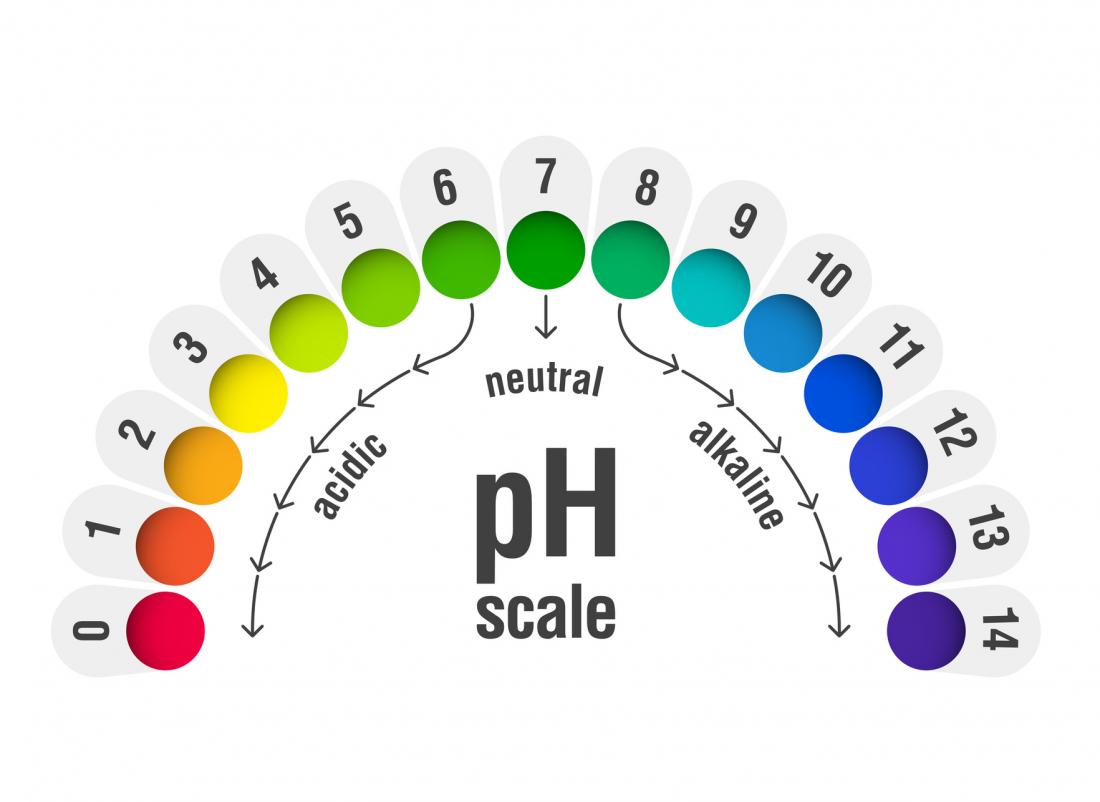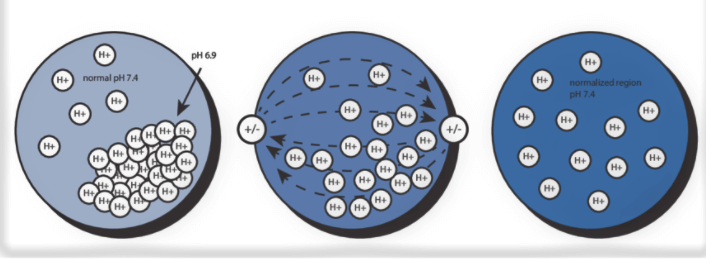Your body relies on many systems operating correctly to function at its best. One of these systems is the pH balance in your blood, also called the acid-base balance. When your pH system is imbalanced, it could cause numerous health problems, so it is essential to maintain your pH balance and take measures to improve it when necessary.
What Is pH Balance?
Your pH balance refers to the combination of acid and alkaline in your bloodstream. While the scale ranges from 0, the most acidic, to 14, the most basic, your body functions best when the pH balance is 7.40. It is normal for your balance to vary slightly, but you may need to seek medical treatment to improve it if your balance is way off.
Your body naturally keeps your pH balanced, but if any of your organs, especially your lungs or kidneys, are malfunctioning, it could affect your pH levels. Whether your blood is too acidic or too basic, it could cause significant health concerns. If you want to feel your best, it is important to keep your pH balanced.
What Are the Types of pH Imbalance?
Your lungs and kidneys are the two most important organs that work to keep your pH balanced. Your lungs maintain pH balance by controlling the amount of carbon dioxide that leaves your body. Because this compound is slightly acidic, keeping too much inside the body can affect your pH balance. Releasing too much carbon dioxide without infusing an alkaline base into the blood makes your bloodstream too basic, which is where the kidneys come in. As your lungs release carbon dioxide, your kidneys release an appropriate amount of alkaline into your blood to maintain pH levels in the body.
Your pH system becomes imbalanced when it is either too acidic or too basic. There are four types of pH imbalance that are categorized depending upon which organ is malfunctioning and whether the blood is too basic or too acidic—knowing which of the following types of pH imbalance you have is essential for treatment.
- Respiratory Alkalosis:High fevers, hyperventilation, and aspirin overdose can all lead to too little carbon dioxide in the blood. You may notice unexplained irritability, muscle twitching, or tingling in your extremities as symptoms.
- Respiratory Acidosis: Respiratory acidosis happens when there is too much carbon dioxide in the bloodstream, and exhaling isn’t enough to lower it. This is sometimes a side effect of sleep medications and narcotics, but it can also be caused by brain and nervous system disorders. Symptoms include headaches, confusion, and fatigue.
- Metabolic Alkalosis:This occurs when blood loses too much acid. It can be caused by ingesting a large amount of baking soda, overusing diuretics, vomiting for an extended period of time, or overusing your adrenal gland. The symptoms are the same as respiratory alkalosis, so it is crucial to understand which organ is malfunctioning for proper treatment.
- Metabolic Acidosis: If your kidneys fail to produce any base material, your blood will become too acidic. Symptoms include vomiting, nausea, and extreme fatigue, and the condition can be caused by conditions such as cancer and diabetes.
What Happens When Your pH Is Imbalanced?
PH imbalances affect people differently depending upon which category the condition falls under. The condition is sometimes caused by a more significant health problem but is also often the result of ingesting too much of a substance such as aspirin. If left untreated, a pH imbalance can lead to cardiovascular disease, coma, and even death. The quicker you receive treatment, the less likely it is that you will have severe side effects.
How Can You Maintain pH Balance?
Your body typically does a good job of maintaining its pH balance, but there are a few things you can do to keep your levels around 7.40. Avoid binge drinking and do not exceed the listed dosage of aspirin or other medications. You should also avoid eating foreign substances such as antifreeze and limit your intake of baking soda. Maintaining a healthy diet full of whole foods can also help keep your blood balanced between being too acidic or too alkaline.
If you are relying on a diet to help maintain pH levels, make sure you do some research on which foods are acidic and which ones are alkaline. In general, you want 30% of your diet to include acidic foods, with 70% of your diet made up of alkaline foods. This means limiting your intake of sugar, caffeine, and processed foods. You should consume a wide variety of raw vegetables, which are highly alkaline, and carefully monitor the amount of fruit and grains you eat. A nourishing diet is the most wholesome way to stabilize your pH balance.
What Can You Do To Improve pH Balance?
Despite your best efforts, sometimes your pH levels may get unbalanced. How to balance pH levels? If you want to learn how to balance pH in the body, you should first speak with your doctor to see which treatment option is best for you. You can do several things to raise or lower the acidity of your blood so it stays at an appropriate level.
If you have either form of acidosis, you may take sodium citrate to treat kidney failure. Your doctor may also recommend you to take sodium bicarbonate to raise the pH level in your blood. You may also receive intravenous fluids and insulin to treat ketoacidosis. Taking medication to dilate airways and using a CPAP device can also help you balance out the acidity in your blood.
Alkalosis treatment is a little more straightforward. It can be as easy as slowing your breathing if the condition is caused by hyperventilation. You can also drink fluids to restore electrolytes or start on a supplement regimen to increase your essential vitamins and minerals intake. People with severe alkalosis may need to begin oxygen therapy to improve their pH levels.
While these treatments are most common, there is a new one that offers promising results for people trying to balance their pH levels. Therapeutic energy waves stimulate the diffusion of potential hydrogen ions (pH) concentration to help reduce tissue acidosis, improve circulation, improve recovery at the cellular level, and helps in the normalization of pH.
These therapeutic energy wavs provide alternating current to influence pH movement away from the damaged region.
The use of Electric cell-Signaling Treatment (EcST) provides alternating current to influence pH movement from the inflamed region.
Normalization of pH 7.4 after Electric cell-Signaling Treatment (EcST) in that area contributes to the recovery process.
If you want your body to operate at its best, you need to improve and maintain your pH levels. A good pH level between 7.35 and 7.45 helps your body function correctly, so if your pH levels are outside of this window, you need to speak with a medical professional about improving them. There are many quick treatment options available, and the sooner you take advantage of them, the faster you can stabilize your pH balance. For more information on how the RST-SANEXAS neoGEN® technology works, contact us today.



